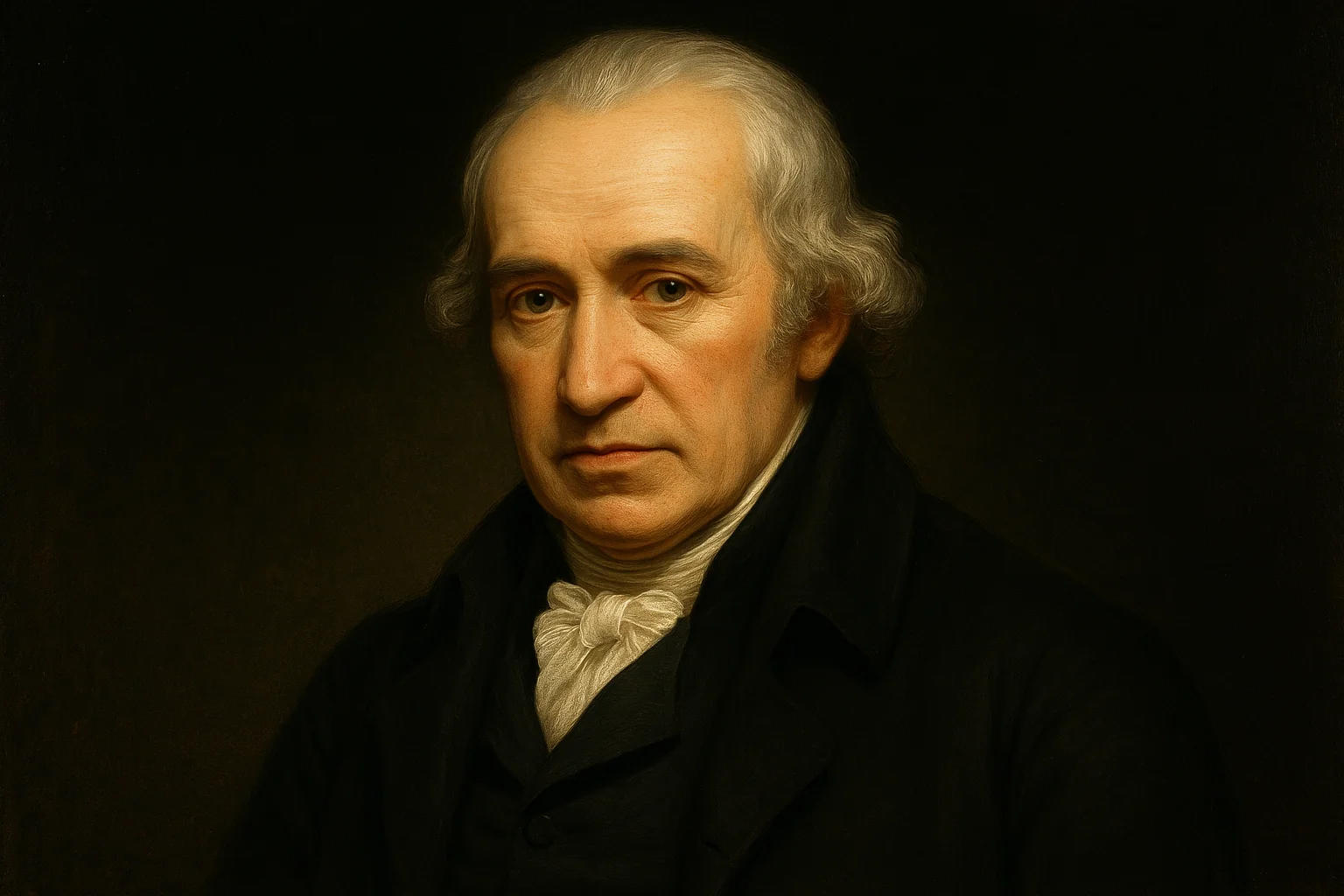Power is the rate at which energy is transferred or converted, and different industries use different units based on their applications. For example, electrical power is often measured in watts or kilowatts, while mechanical power is commonly expressed in horsepower. A power conversion tool simplifies these conversions, eliminating manual calculations and reducing errors.
Whether you’re working on electrical circuit design, industrial machinery, or home energy calculations, a reliable power conversion method saves time and ensures precision.
Power Units and Conversion
Power is measured in various units depending on the application, whether it’s electrical, mechanical, thermal, or astronomical. Below is an overview of the most commonly used power units across different fields.
SI (Metric) Units
- Watt (W) – The fundamental SI unit of power, defined as one joule per second.
- Milliwatt (mW) – 1/1,000th of a watt, used for low-power devices like lasers and small electronics.
- Kilowatt (kW) – Equal to 1,000 watts, commonly used for electrical appliances and industrial power.
- Megawatt (MW) – Equal to 1,000 kilowatts, used for large-scale power generation and consumption.
- Gigawatt (GW) – Equal to 1,000 megawatts, often used for national power grids and major energy production facilities.
- Terawatt (TW) – Equal to 1,000 gigawatts, used for measuring global energy consumption.
Mechanical and Thermal Power Units
- Horsepower (hp) – A traditional unit of power used in engines and machinery. One mechanical horsepower is approximately 745.7 W.
- Metric Horsepower (hpₘ) – A variation of horsepower, primarily used in Europe, approximately 735.5 W.
- Electrical Horsepower (hpₑ) – Defined as 746 W, often used for electric motors.
- Boiler Horsepower (hp_b) – A unit used to measure the output of steam boilers, equal to approximately 9,810 W.
- Foot-pound per second (ft⋅lbf/s) – A mechanical unit measuring the power needed to move one pound-force over a foot in one second, approximately 1.356 W.
Thermal and Refrigeration Power Units
- British Thermal Unit per hour (BTU/h) – A common unit in HVAC, where 1 BTU/h ≈ 0.2931 W.
- British Thermal Unit per second (BTU/s) – Used in higher-power thermal calculations, where 1 BTU/s ≈ 1,055 W.
- Ton of Refrigeration (TR) – A unit measuring cooling power, widely used in air conditioning, where 1 TR ≈ 3.516 kW.
Astronomical and Theoretical Power Units
- Planck Power – A theoretical unit of power in physics, equal to 3.628 × 10⁵² W, used in cosmology and quantum mechanics.
James Watt: The Man Behind the Watt
The watt (W), the standard unit of power, is named after James Watt, a Scottish engineer whose innovations transformed industry. Born in 1736, Watt’s key breakthrough came in 1763 when he was asked to repair a Newcomen steam engine. He discovered that it wasted energy and developed the separate condenser, making steam engines far more efficient. This improvement fueled the Industrial Revolution, enabling factories, trains, and ships to operate more effectively.
To promote his engines, Watt introduced horsepower (hp) as a way to measure power. As electricity became widespread, the watt was later adopted as the official unit of power. His work not only revolutionized industry but also shaped modern energy measurement. Today, from light bulbs to power plants, every watt we use is a tribute to James Watt’s lasting impact on technology and engineering.

A watt is defined as one joule per second (J/s), meaning it represents the amount of energy used or produced per unit time.
Mathematically, it can be expressed as:
1 W = 1 J/s
where:
- J (joule) is a unit of energy
- s (second) is the time over which the energy is transferred
Watt in Electrical Power
In the context of electricity, power is calculated as the product of current (amperes, A) and voltage (volts, V):
1 W = 1 A × 1 V
Where:
- A (ampere) measures electric current
- V (volt) measures electrical potential difference
SI Multiples for Watt (W)
The watt (W) is commonly expressed in different multiples to represent power values ranging from extremely small to extraordinarily large scales. The International System of Units (SI) provides prefixes to indicate these multiples, making it easier to express power levels in various scientific, industrial, and technological applications.

